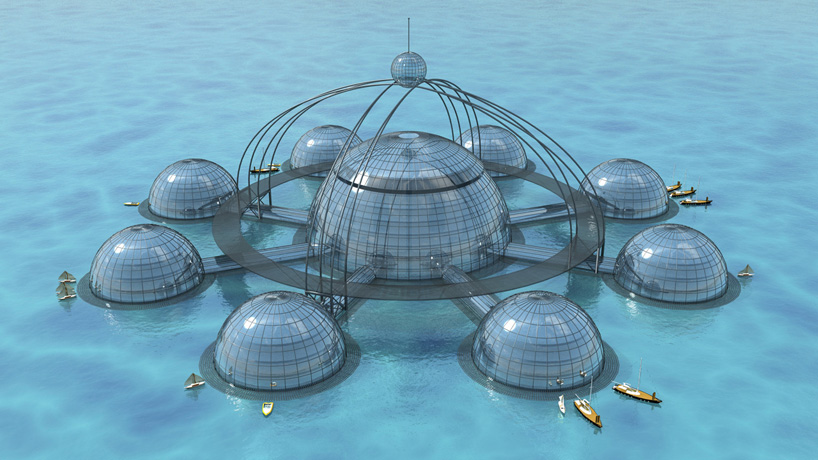Living Underwater: Exploring the Science and Technology of Sustainable Underwater Habitats

About Course
Imagine a world where humans can live beneath the waves, surrounded by the serenity of the ocean and empowered by cutting-edge science. “Living Underwater” takes you on a thrilling journey into the emerging frontier of underwater habitats—where science fiction meets engineering reality. This course unveils the intricate systems that make underwater life possible, from life support and food production to waste recycling and AI-powered habitat management. Learn how deep-sea technologies are being harnessed to create sustainable living spaces that could change how we view housing, research, conservation—and the future of our planet.
Beyond the technology, we explore the psychological and ecological aspects of living beneath the surface. What does life feel like when you’re isolated hundreds of meters underwater? What challenges do engineers and marine scientists face in constructing and sustaining such habitats? And how can these underwater marvels become a solution for climate change, rising sea levels, and overpopulation? Whether you’re an explorer at heart, a student of marine biology, or simply curious about the future of human habitation, this course opens a window to an astonishing underwater world that may soon become our reality
Course Content
Introduction
What are underwater habitats
00:00The potential benefits and challenges of underwater habitats
00:00The need for sustainable underwater living
00:00